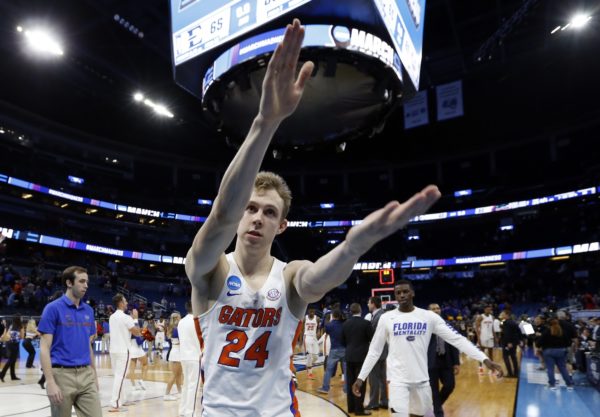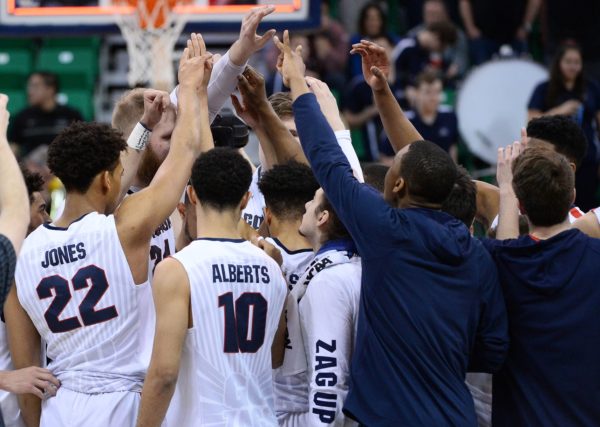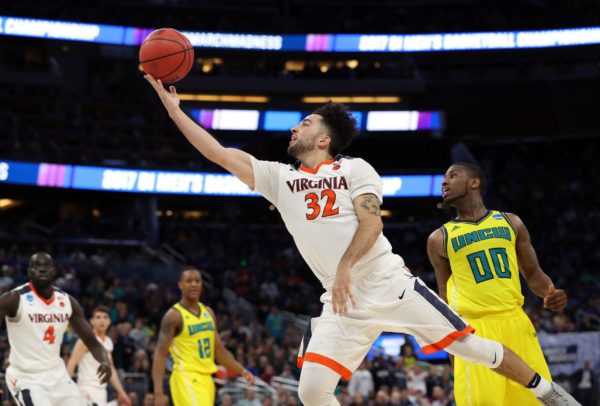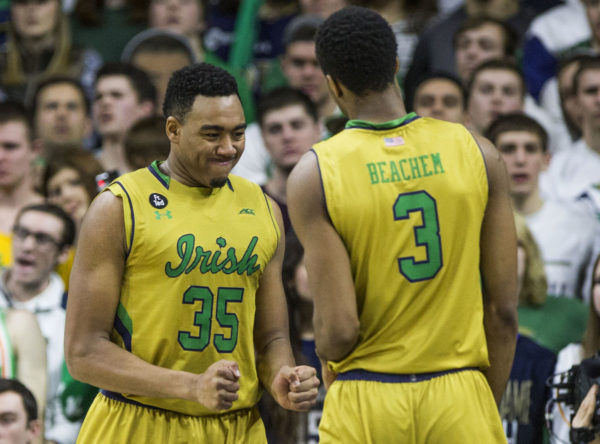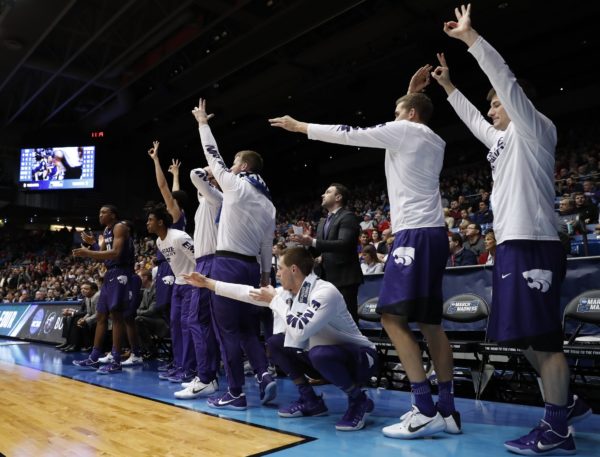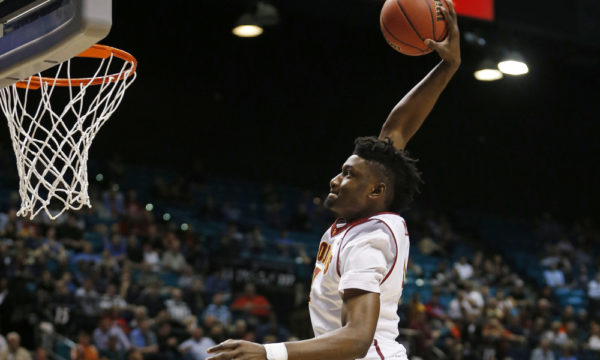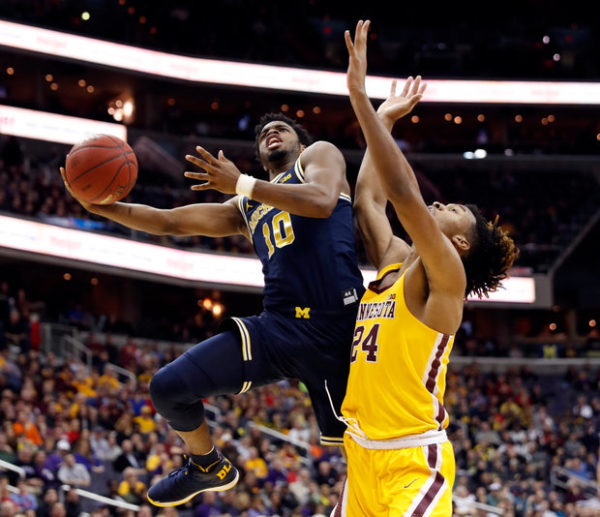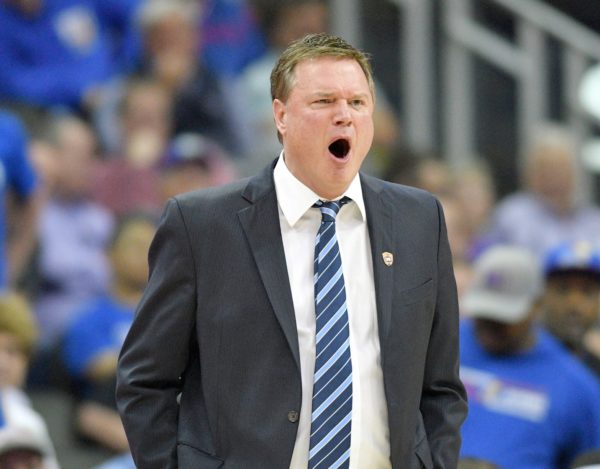Rushed Reactions: #4 Florida 80, #13 East Tennessee State 65
Posted by Walker Carey on March 16th, 2017RTC will be providing coverage of the NCAA Tournament from start to finish. Walker Carey (@walkerRcarey) is in Orlando this weekend.
Three Key Takeaways.
- Devin Robinson was the best player on the court. Devin Robinson has always had the tools to be a star. He has great size at 6’8″ and is one of those athletes who is simply breathtaking to observe. The issue, though, with the junior has been his consistency. One game he will look great and the next game he will completely disappear. In today’s victory over East Tennessee State, Robinson turned in one of his best games of the season. The athletic forward finished with 24 points (10-of-17 FG and 2-of-5 3FG) and collected seven rebounds. The most impressive part of his performance was that it seemed like whenever Florida needed a bucket to separate itself, it was Robinson who came through with the answer. The question now is whether Robinson be able to turn in a similar performance Saturday against Virginia’s stout defense?
- Florida cranked things up defensively in the second half. At halftime it appeared we were headed for a down-to-the-wire finish, but that all changed with Florida increasing its defensive intensity and making things more difficult for the ETSU offense in the second half. The Buccaneers were held to just 33 second-half points, shot just 33.3 percent from the field, and committed nine turnovers in the latter 20 minutes. The quickness of Florida’s guards has been well-documented all season, but it appeared that any preparation by East Tennessee State went for naught, as Gators guards Kasey Hill and Chris Chiozza harassed the Bucs’ backcourt during what had to have been a very frustrating second half.
- Turnovers helped do in East Tennessee State. The box score shows there a small disparity in the turnover margin – East Tennessee State committed 17 and Florida committed 15 — but that, however, is not the whole story of the giveaway battle. When Florida began to pull away in the second half, East Tennessee State could not put a sustained string of possessions together, as it kept turning the ball over to the Gators to accelerate their run. Florida deserves credit for making things difficult for the East Tennessee State offense, but the Bucs’ carelessness with the basketball played a major role in deciding the outcome.





























